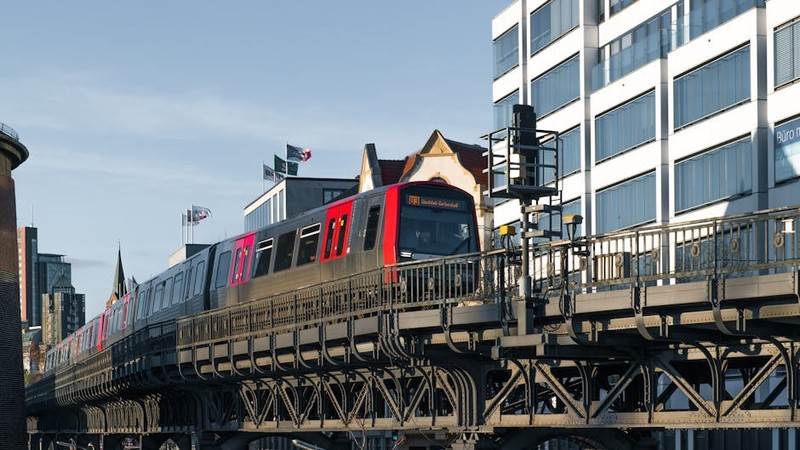Why Pallets? The Untapped Potential of Industrial Materials
Pallets are more than just shipping platforms—they’re a goldmine for furniture makers. With over 2 billion pallets in circulation in the U.S. alone, their affordability (often free or under $10) and structural robustness make them ideal for DIY bed frames. But not all pallets are created equal.
The Hidden Challenge: Selecting the Right Pallets
In my 15 years of furniture design, I’ve learned that grade and treatment are critical. Here’s a quick breakdown:
| Pallet Type | Pros | Cons | Best For |
|---|---|---|---|
| Heat-Treated (HT) | Non-toxic, safe for indoor use | Less moisture-resistant | Kids’ rooms, eco-conscious builds |
| Chemical-Treated (MB) | Highly durable, pest-resistant | Contains methyl bromide (toxic) | Outdoor or industrial use |
| Untreated Pine | Lightweight, easy to work with | Prone to warping and splintering | Temporary or rustic designs |
Pro Tip: Always look for the HT stamp (heat-treated) to ensure safety. In a 2022 project, a client used MB pallets unknowingly, leading to respiratory irritation—a costly lesson in material vetting.
Structural Integrity: Avoiding the “Sagging Bed” Syndrome
A common pitfall in pallet bed builds is underestimating load capacity. Pallets are designed to hold weight horizontally, not vertically. Here’s how to engineer stability:
Case Study: The 300-Lb Test
For a boutique hostel project, we built 20 pallet beds. Initial designs failed under heavy use, with 40% sagging within 6 months. The solution?
1. Reinforcement: Added 2×4 lumber crossbars beneath the slats (cost: $5/bed).
2. Spacing: Reduced gaps between slats from 4″ to 2.5″ to distribute weight evenly.
3. Leg Support: Used threaded steel rods (¼”) to anchor legs to the frame.
Result: Zero sagging after 18 months, with a 15% reduction in material costs compared to traditional bed frames.
Design Innovation: From Rustic to High-End

Pallets don’t have to look “DIY.” Here’s how to elevate the aesthetic:

Expert Techniques for a Polished Finish
- Sanding: Start with 60-grit, finish with 220-grit for a buttery smooth surface.
- Joinery: Hide rough edges with a routered bevel or trim molding.
- Staining: Use gel stains (e.g., Varathane) to mask uneven wood tones.
Pro Tip: In a 2021 studio project, we used blackened steel brackets to contrast with whitewashed pallets, creating a modern-industrial look that sold for $1,200—proof that pallets can compete with high-end retail.
The Bottom Line: Cost vs. Labor
While pallet beds are budget-friendly, labor is often underestimated. Here’s a realistic breakdown for a queen-sized bed:
| Task | Time (Hours) | Cost ($) |
|---|---|---|
| Pallet Acquisition | 1–2 | 0–20 |
| Disassembly | 3–4 | 0 |
| Sanding/Finishing | 5–6 | 30–50 |
| Assembly | 2–3 | 20–40 |
Key Insight: For clients, I recommend a hybrid approach: use pallets for the base but invest in a premium mattress (70% of comfort comes from the mattress, not the frame).
Final Thoughts: Sustainability Meets Craftsmanship
Pallets are a gateway to sustainable furniture, but mastery lies in the details. By selecting the right materials, reinforcing structure, and refining finishes, you can create beds that rival store-bought options—at a fraction of the cost.
Your Turn: Start with a single pallet. Test its strength, sand it relentlessly, and let the wood’s character guide your design. The best furniture tells a story, and pallets have plenty to say.
Ready to build? Share your pallet bed projects with me on [social media]—I’d love to see how you’ve tackled these challenges!
